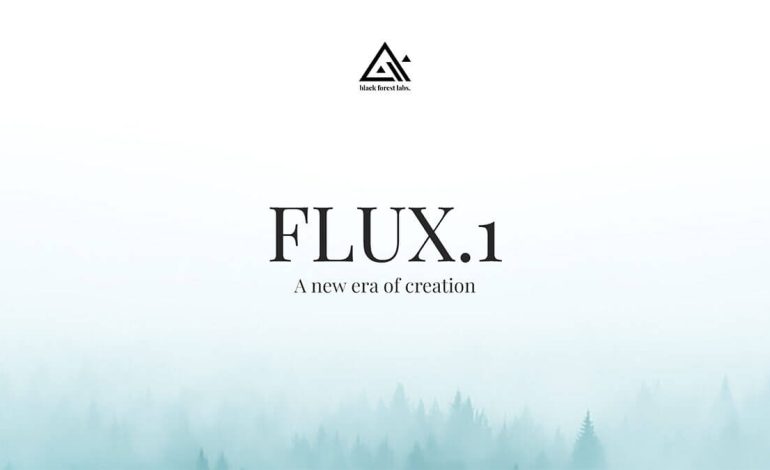A new challenger to Midjourney emerges: Flux
Discover the future of AI image generation with Flux.1, an open-source marvel outshining Midjourney with its high-quality, accessible tools. Perfect for hobbyists to pros, it's changing the game in creativity

Introducing Flux.1: A new frontier in AI image generation
In the rapidly evolving domain of artificial intelligence, a groundbreaking image generator known as Flux.1 has emerged, quickly gaining recognition for its superior output and open-source nature. Developed by Black Forest Labs, whose team members previously contributed to Stability AI’s renowned Stable Diffusion AI models, Flux.1 is being hailed as a potential successor and a significant advancement in the realm of generative AI tools that are both high-quality and accessible.
The suite of Flux models includes three variants: Pro, Dev, and Schnell, tailored for commercial use, development purposes, and speed-focused applications respectively. The introduction of these models has seen businesses begin to integrate them into their services to provide enhanced generative AI image solutions to their clientele. Notably distinguishing itself from competitors like Midjourney and Stable Diffusion through its ability to operate on relatively modest hardware setups without necessitating constant internet connectivity or cloud dependency makes Flux particularly appealing across a wide user spectrum from enthusiasts to small enterprises.
Distinguishing features of Flux
One area where Flux stands out is in its rendering capabilities—especially with human figures—offering distinct advantages over other platforms such as Midjourney which is otherwise lauded for its detailed outputs. Furthermore, Black Forest Labs isn’t stopping at images; they’re actively developing a text-to-video model aiming to further expand the creative possibilities within generative media.
Black Forest Labs articulates its mission around advancing deep learning models for media creation beyond current limitations while fostering creativity, efficiency, diversity—and importantly—public trust in these technologies by making them widely available.
Navigating access and utilization of Flux
For those intrigued by the prospects offered by Flux.1., accessing and utilizing this model is straightforward provided you have adequate computing resources; it can be downloaded for local use due to its open-source status. Moreover, compatibility with multi-model platforms significantly broadens its accessibility.
Rundiffusion has already incorporated the model into their platform allowing users an opportunity for direct comparison between outputs from various other models including Ideogram and Stable Diffusion 3. Additionally platforms like Poe present an interactive chatbot-style interface facilitating image generation via Flux.1., while more technically inclined users might explore options through Hugging Face among other repositories hosting open-source AI innovations.